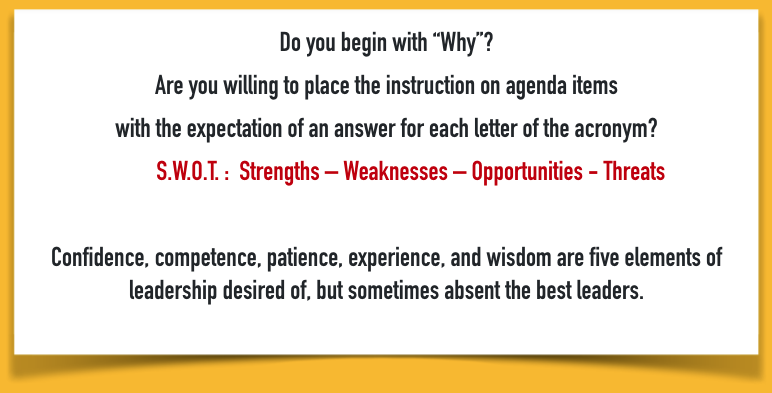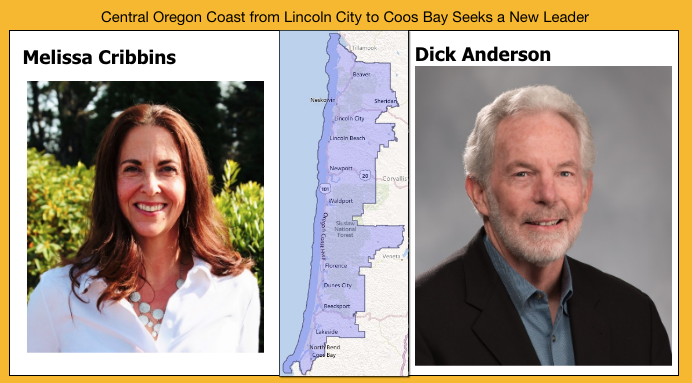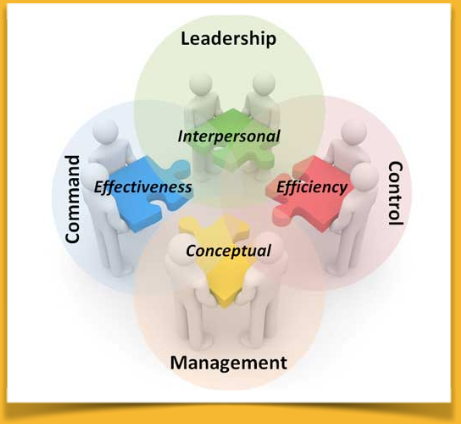The Gordian Knot of Leadership
Qualified and Timely Leadership
By Greg Henderson
Founder and Co-Publisher
Southern Oregon Business Journal
Dictators and Tyrants dot the timeline of human history in their self-serving unwillingness to listen to their constituents’ needs and opinions. Misery and physical harm, including the threat of death, were the tools these rulers used to build their empires and have their way.
Today, on Oregon’s central coast there is a need for leadership not at all unlike those of the distant past. Fortunately, today’s leaders have softened the means of getting their way.
A leader asks “why” rather than “what”. The leader also tells you why a decision is correct rather than what he/she wants to do. Dick Anderson reminded me of that. He’s been using the why method for quite a long time. Melissa Cribbins will tell you that the Elliot State Forest has burned before and it will probably burn again. We should treat rule making with that in mind.
There is the knowing through experience, conversation, and study that adds to a leader’s value, as well.

“A true leader has the confidence to stand alone, the courage to make tough decisions, and the compassion to listen to the needs of others. He does not set out to be a leader, but becomes one by the equality of his actions and the integrity of his intent.” –Douglas MacArthur

In Greek and Roman mythology, the Gordian knot was an extremely complicated knot tied by Gordius, the king of Phrygia in Asia Minor*. Located in the city of Gordium, the knot came to symbolize a difficult problem that was almost impossible to solve.
“In liberal democracies, leadership is complex. Leaders must first grasp the needs of the country. They must govern through a bureaucracy that they, for the most part, don’t appoint, don’t know and aren’t feared by. Unlike in tyrannies, there is no pretense that much of private life is controlled by the state, and where the state attempts control, its efforts are undermined by resistance, indifference and incompetence.”
George Friedman https://geopoliticalfutures.com/author/gfriedman/

Dick Anderson and Melissa Cribbins have served in leadership roles for a combined time exceeding four decades. They sat in meetings for untold hundreds of hours, reviewing agenda items from the most trivial and mundane to the detailed and complicated. Their roles at times required patient listening and empathy for the subject in discussion. At other times solutions came slowly with deliberation and study, in solitude under the glow of lamplight. Sometimes, oftentimes, they needed to become the captain of the team.
Leaders with the acumen to reach correct decisions time after time are rare. It takes active participation, experience and opportunity to reach higher levels of leadership talent. At times even the best leaders will feel inadequate for the position. That’s when they rely on their team.
As a multi-term mayor of Lincoln City Dick Anderson has been involved in housing and funding discussions from the Oregon Coast to Washington D.C. At the same time there is a cry for decent jobs and a place to live he has answered questions about a local dog park and artwork in public buildings. Intellectual acuity is an acrobat’s exercise.
Melissa Cribbins has served on numerous boards and committees over the years. As a County Commissioner serving with two others she has been faced with challenges of county financing, disease in the public and private forests of Curry County, outside her jurisdiction, because the threat to Coos County is very real. How do you come to a quick and responsible decision when the public and your peers can’t reach a consensus?
Leadership takes time, study, opportunity and knowledge from various halls of learning and the school of hard knocks. A leader needs to understand the role of the present responsibility before him/her. Job descriptions, they find, are nearly always incomplete. “Other duties as assigned” is usually a collection of undefined hurdles requiring exceptional talent and experience.
Tracking progress is the teacher. What was the goal? Why was that goal listed? How does it rank in importance to others? How will we measure our progress toward reaching that goal? Are those measures accurate or meaningful?
Being busy is not necessarily the same as being productive.
They say that a goal is a dream with a deadline. The best leaders understand this.
How urgent is it? What will it cost? Who will be responsible for each step in the process? When will it be completed?
Abraham Maslow introduced the Hierarchy of Human Needs in 1943. They still apply. Needs lower down in the hierarchy must be satisfied before individuals can attend to needs higher up. A hungry child finds it difficult to do well in school because a growling stomach demands attention before learning can be accomplished.
Without basic understanding of budgets, financial statements and why the order of priorities is set in a particular way, the person with the seat at the head of the table will likely fail. The same can be said for positions of responsibility in manufacturing, education, healthcare, construction and the military.
Those who choose their leaders should not take that responsibility lightly. A school, community, county, state, or nation may be depending on it.

Is someone watching?
… leadership.
Scarcity in cooperative management. Vague, indecisive and without concern for consequences.
Trauma, and its impact on leadership, is more common than one might think. Many executives of today are second-, third- or fourth-generation descendants of victims of calamities of the 20th century. The atrocities of World War Two were unquestionably horrific, but China’s Cultural Revolution, the wars in Korea and Vietnam, genocides in Armenia, Cambodia, Rwanda and Bosnia, South Africa’s apartheid and segregation in the United States each exact their own toll on millions of people.
Resilient leaders are adept at dealing with change and innovation challenges due to their adaptability and ability to rebound from adversity.
International, national, regional and local events expose leadership inadequacy of 2020; positioned people sans adaptability.
Leadership is more easily recognized than defined. “I can’t explain it, but I know it when I see it.”
This is a time for crisis leadership. Selecting those leaders is of extreme importance.
Crisis leadership involves more than simply saying the right message(s) to the right audience(s) to uphold the reputation of an institution in the face of crisis (Gigliotti & Fortunato, 2017). By knowing one’s indispensable values and responding to challenging situations in a way that is driven by these values, the response to the crisis extends beyond public relations. Rather, when handled appropriately, values-driven crisis leadership can help a group, organization, town, or government agency learn from the situation, remind internal and external stakeholders of one’s core values, and move forward better equipped to lead through the inevitable challenges of tomorrow.
The Corona Virus pandemic and accompanying Economic Crisis as a result of Quarantines and Lock Downs is a test of leadership that was not expected nor ever experienced until 2020. The urgent result is to ensure capable leadership is at the helm to guide management and teams in an effective effort to shorten the attack and resolve the potential for economic disaster.
Leading during a crisis demands skills that eclipses crisis management in ways that can stress your team’s capabilities to deliver sustainable and enterprise-wide contingency solutions.
Earth Exposed: A Leadership Challenge

As the above diagram shows, the four pillars overlap, thus they are not separate processes. This blending gives the organization the ability to focus on opportunities and deal with threats (Department of the Army, 1987, 1996):
Leadership drives the interpersonal aspects of the organization, such as moral and team spirit.
Management deals with the conceptual issues of the organization, such as planning, budgeting, and organizing.
Command guides the organization with well thought-out visions that make it effective.
Control provides structure to the organization in order to make it more efficient.
6 Critical Components to Effective Crisis Leadership
- Adaptable
- Empathetic
- Prepared
- Resilient
- Transparent
- Trustworthy


Advertisement